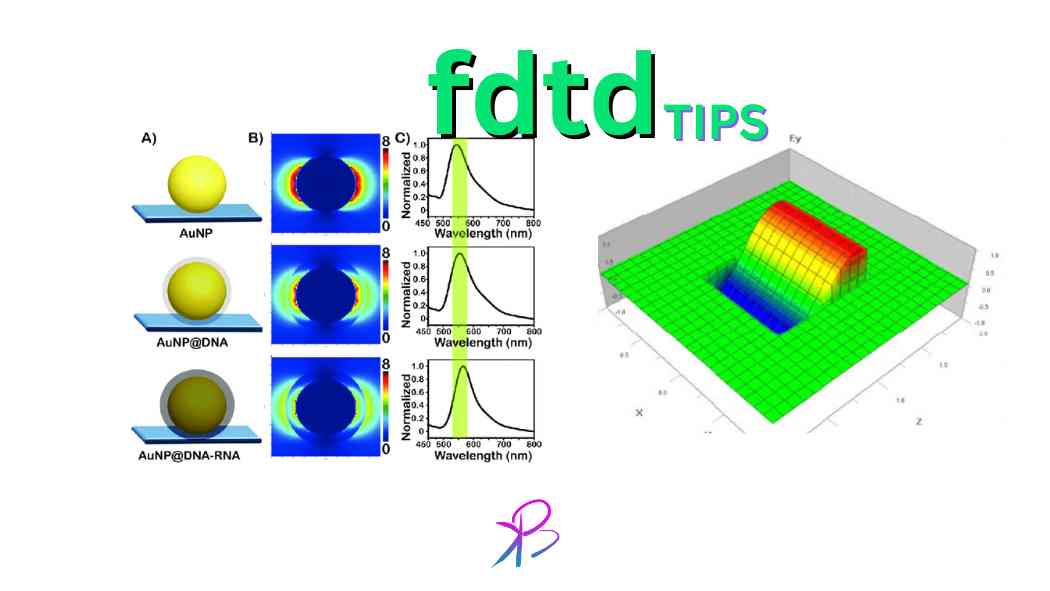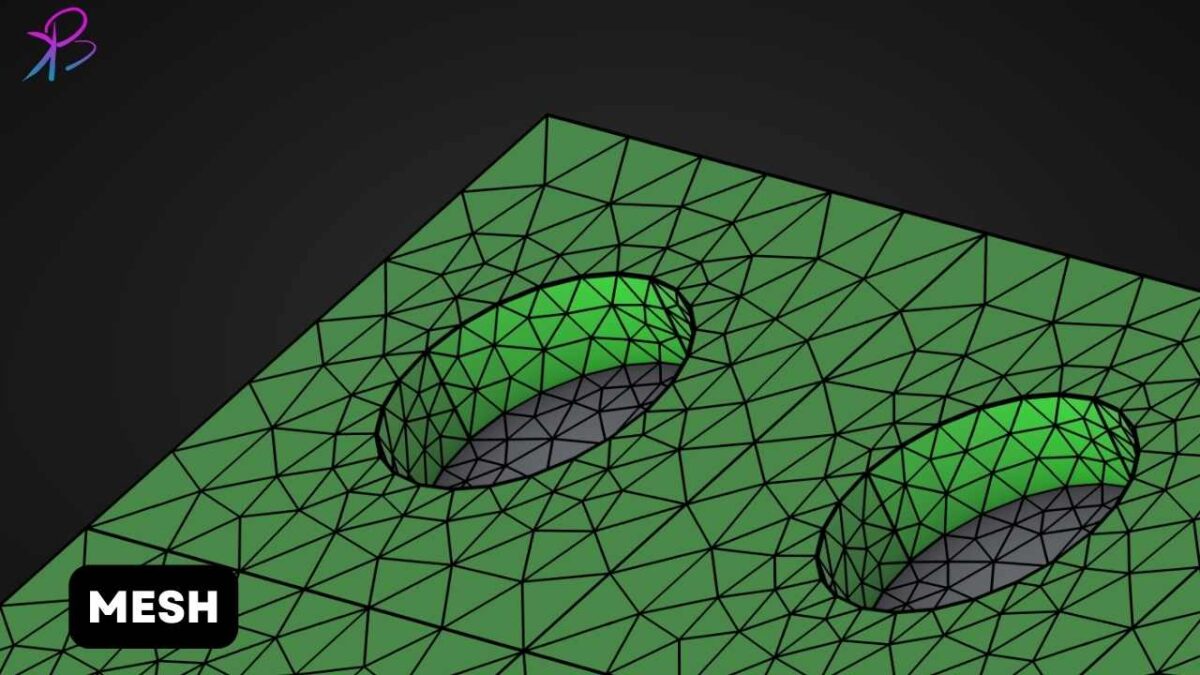Introduction Tips for FDTD modelling – Finite-Difference Time-Domain (FDTD) simulation is a powerful computational method used to solve Maxwell’s equations for electromagnetic fields. It’s widely used in applications like antenna design, photonics, and wireless communication systems. Here are some crucial tips to ensure your FDTD simulations are accurate and efficient. 1. Define Your Objectives Clearly […]
Tips for FDTD modelling



